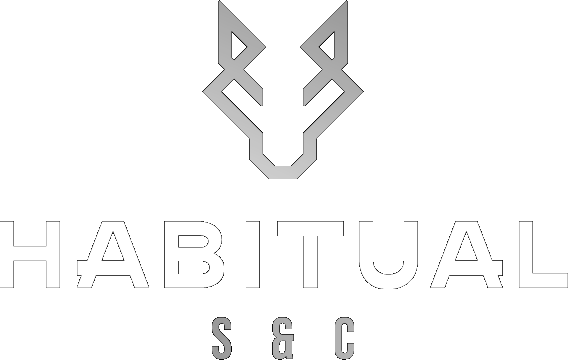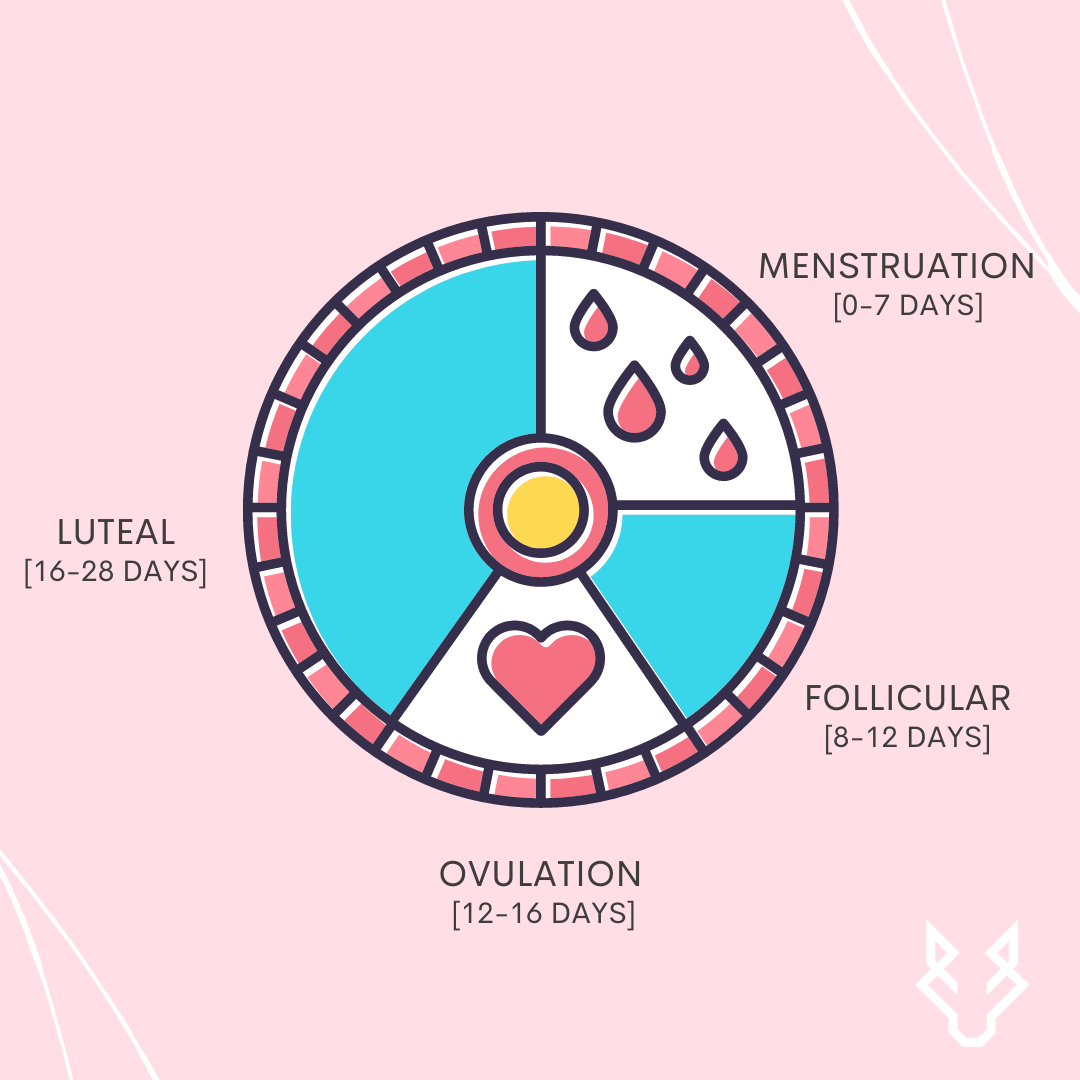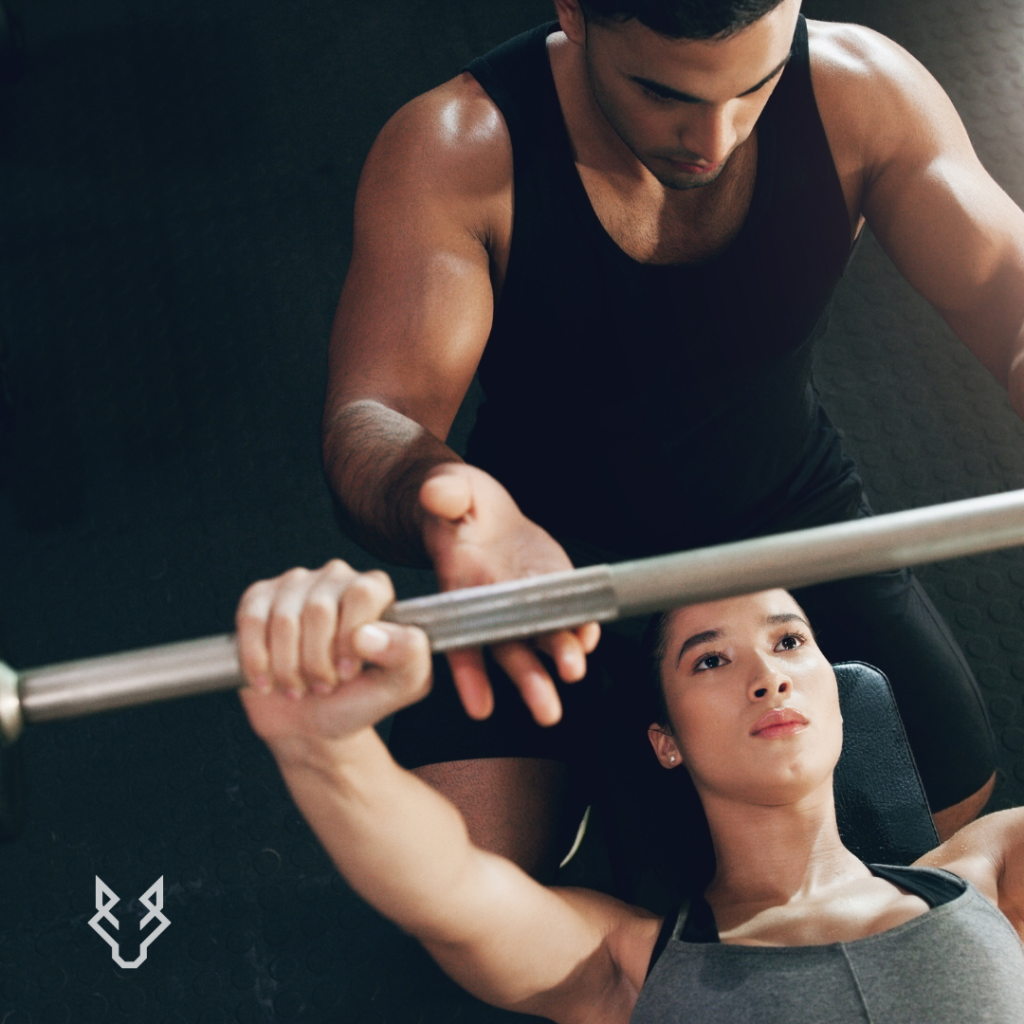Introduction:
The menstrual cycle, with its ebb and flow, significantly influences a woman’s body, affecting everything from energy levels to pain tolerance. Understanding the nuances of your cycle can unlock the potential to tailor your training regimen for optimal performance and well-being. This comprehensive guide will explore how to navigate your menstrual cycle in harmony with your fitness goals, offering insights into leveraging hormonal fluctuations to your advantage.
The Phases of Your Cycle:
- Menstrual Phase (Days 0-7): Characterised by lower energy levels and potential discomfort. This is the opportunity to decrease your overall intensity and focus on enhancing the quality of your movement.
- Follicular Phase (Days 8-12): Rising oestrogen levels boost energy, making it a prime time for high-intensity workouts or strength training.
- Ovulatory Phase (Day 12-16): At peak fertility, many experience their highest energy levels. It’s ideal for personal bests and challenging sessions.
- Luteal Phase (Days 16-28): Energy begins to wane as the body prepares for the next cycle. Focus on moderate activities and listen to your body’s need for rest.
Adapting Your Training:
- Listening and Adjusting: Pay attention to how your body responds during each phase. Adapt your training intensity to match your energy and comfort levels.
- Strength and Recovery: Leverage the follicular and ovulatory phases for strength gains and high-intensity sessions. Use the menstrual and luteal phases for recovery and lighter, more restorative exercises.
Nutritional Considerations:
- Fuelling for Phases: Your nutritional needs may vary throughout your cycle. Increase iron intake during the menstrual phase to compensate for blood loss and focus on balanced, energy-sustaining meals during the luteal phase to combat fatigue.
- Hydration is Key: Stay well-hydrated, especially during high-intensity training periods, to support overall performance and recovery.
Mental Health and Wellness:
- Emotional Fluctuations: Be mindful of emotional and mental health fluctuations throughout your cycle. Incorporating mindfulness or meditation practices can provide support during more challenging phases.
- Rest and Self-Care: Prioritise rest and self-care, particularly during the menstrual and luteal phases, to support your body’s natural processes and recovery.
Conclusion:
Navigating your menstrual cycle doesn’t have to be a barrier to your training goals. By understanding and adapting to the rhythms of your body, you can harness the unique strengths of each phase to optimise your fitness journey. This intelligent approach to training not only enhances performance but also aligns your fitness regimen with your body’s natural cycles, promoting overall health and well-being.



